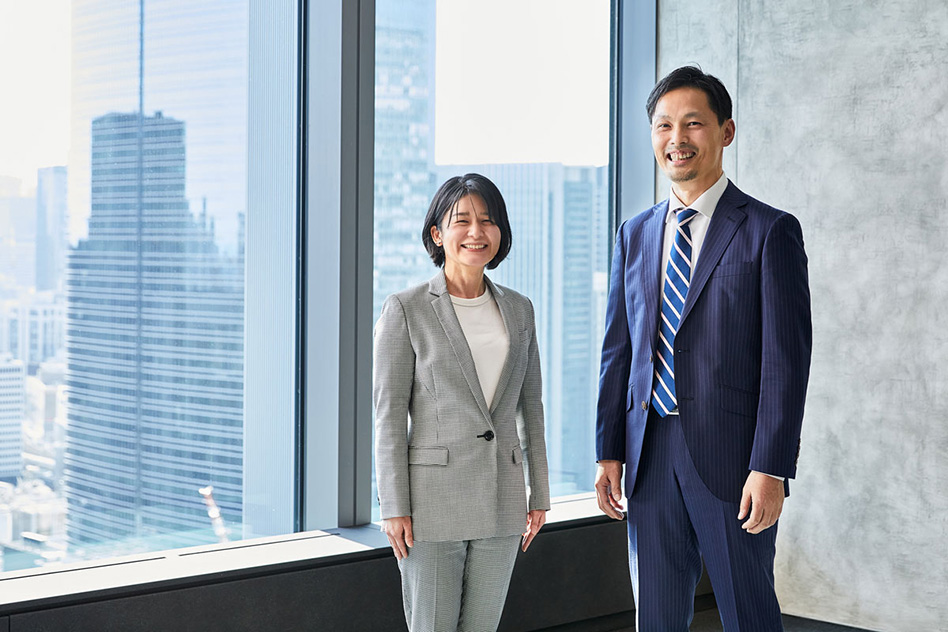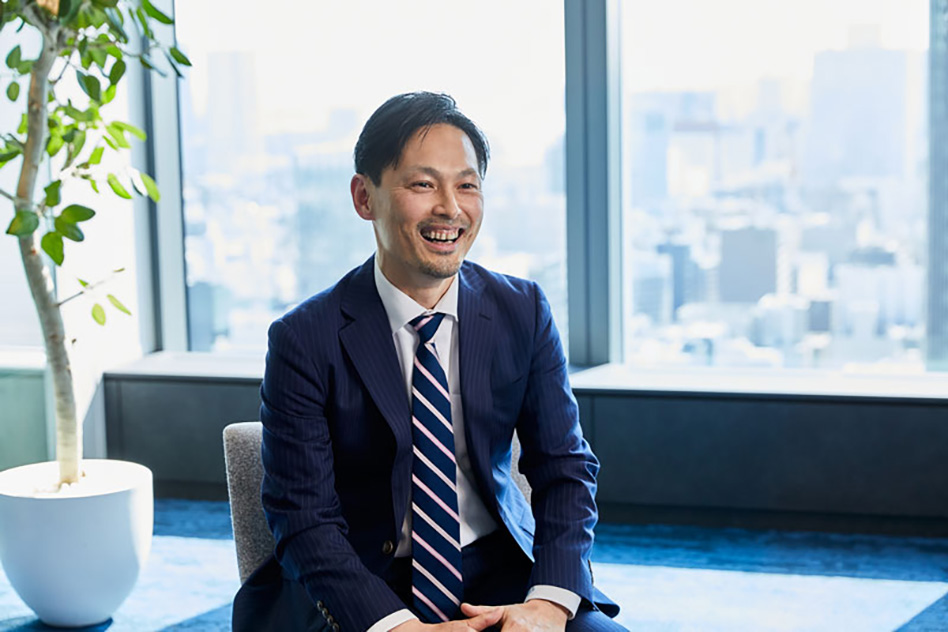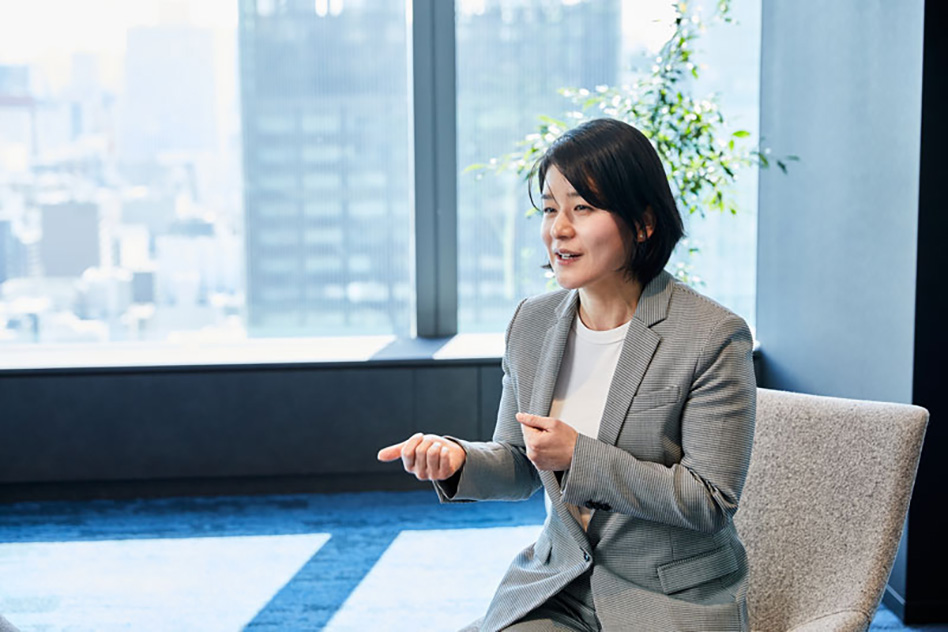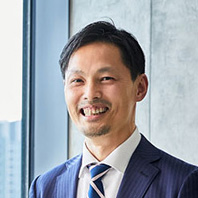What is JERA's fuel ammonia initiative, part of its grand plan to eliminate CO2 emissions?
2023.6.22
This article is based on a Japanese article produced by Forbes JAPAN BrandVoice, which sponsored and translated by JERA.
JERA, a global company striving to solve energy issues not only in Japan but around the world, has taken on the challenge of reducing CO2 emissions from its domestic and overseas operations to virtually zero by the year 2050.
A potential touchstone for achieving this goal is the use of ammonia as an energy source. Having started looking at ammonia a few years ago when it was largely ignored by the world’s energy producers, in 2022 JERA conducted the industry's first international bidding for the procurement of ammonia as fuel. In 2023, it plans to conduct demonstration testing in which ammonia convert 20% of the coal burned.
How has JERA advanced this project while overcoming the inherent difficulties of doing something unprecedented?
Below, we trace the project's progress by talking with two key people at the company.
INDEX
Generating electricity with ammonia was viewed as an outlandish idea.

When JERA was formed in April 2015, Masato Otaki was stationed in the United States as a member of a liquefied natural gas (LNG) procurement project furthered by Chubu Electric Power Co. Learning of the new company’s founding while posted overseas, he felt a great sense of hope.
The LNG project I was working on was the first of its kind for a Japanese electric power company, and I enjoyed the challenge of developing a business from scratch. At the same time, I could keenly feel how weak my company was, that it was just too small to be globally competitive. (Otaki)
Most energy projects around the world are driven by either the major energy companies or by state-owned enterprises in resource-rich countries. That is why Otaki had a hunch that JERA, born from the integration of Japan's No. 1 and No. 2 LNG handling power companies, had the potential to become “not only the top company in Japan but also a company that could compete globally.” A few years later, that hunch became a conviction.
In 2018, Otaki returned not to Chubu Electric Power but to the newly established JERA, where there were intense discussions about wanting to become a company that provides cutting-edge solutions to energy issues not only in Japan but around the world.
Amid all this, I was given the task of procuring LNG and setting up businesses overseas for introducing imports. At the same time, JERA was also discussing another zero-emissions energy projects—the use of ammonia as energy. (Otaki)
Ammonia, like hydrogen, has long been known as a potential energy source, but it has been overshadowed by oil, coal, and natural gas, which are relatively inexpensive, stable, and can easily generate energy without technical challenges.
JERA, however—passionate about achieving zero-emissions thermal power generation as a way to meet society’s demand for decarbonization—has focused on the potential of ammonia. Through multiple rounds of R&D, it has identified ammonia as an effective way to produce energy while utilizing existing assets.
In October 2020, when JERA announced its roadmap to zero-emissions by 2050, nobody in the world was burning ammonia to supply electricity. JERA’s management often jokes about how they were laughed at when they said we were going to start a business based on this idea. That's how outlandish it seemed at the time. (Otaki)

Masato Otaki, head of the Low Carbon Fuel Value Chain Division’s Low Carbon Fuel Planning Group
At that stage, of course, nothing was 100% guaranteed, but JERA’s management at the time thought it was a project worth pursuing.
We knew it wasn’t sustainable to just keep on with thermal power generation as before. We knew we needed to decarbonize eventually, but we also had a near-term responsibility to provide a stable supply of electricity. To meet society’s expectations, we decided that the best course of action was to try to achieve zero-emissions thermal through a combination of stable LNG procurement, the development of renewable energy sources, and hydrogen/ammonia, and then set about launching that important third pillar. (Otaki)
Without any established standards, we had to create them ourselves
In January 2021, a cross-functional team across all company divisions was established to launch the zero-emissions thermal power project in earnest. Otaki was assigned to lead the business development department for securing the raw materials.
There were three issues that needed to be solved to use ammonia as an energy source. The first was the technical challenge of using ammonia in a large power plant for the first time. The second was the underdevelopment of related laws and regulations, as well as subsidy programs, due to the lack of precedent. The third issue was securing the fuel ammonia.
Although there was a global commercial flow of ammonia imports and exports, mainly for fertilizer and chemical products, the supply-demand situation was tight. To pull off 20% of ammonia combustion just at our Hekinan Thermal Power Station Unit No. 4 we would need to procure 2.5 times the volume of ammonia that Japan was currently importing. (Otaki)
Even if the technological issues were resolved and subsidy systems in place, none of that would matter if the key raw materials were unavailable. Was it even possible? The project was off and running without a clear image of how it would ultimately look.
Our priority was to secure ammonia, but we couldn't just buy up the supply that was being traded for fertilizer. That would drive up the price of fertilizer and cause food prices to rise. What we were tasked with was cultivating a new supply. Instead of taking from the existing basket, we needed to make the basket bigger. (Otaki)
Otaki and his team first tried to identify commercial routes by contacting big players around the world through JERA’s LNG business. Perhaps, however, because there was no precedent for using ammonia in energy production, it was hard to figure out who it would be best to partner with.
Therefore, Otaki and his team decided to hold an international bidding process to fairly and reliably identify a trading partner. This was an unprecedented challenge even by global standards, of course, so there were no criteria for evaluating suppliers who could meet the add-on value of providing “clean” ammonia.
We had to create the entire process by ourselves from scratch. But what guided us were the values we hold dear as a company. The voices of our stakeholders, who demand a stable supply and safe operations, are reflected in our management, and when we narrowed down the list to about 30 companies and evaluated them, those values guided our decision. (Otaki)
Based on these unshakable values, Otaki and this team examined whether each candidate company would be a reliable partner by examining its track record, policies, and philosophy. In addition, they considered supply stability by checking current production and capacity utilization rates, logistics by checking whether there was sufficient excess production base capacity, whether its ammonia was "clean," and how much investment would be required to maintain that level of quality. In this way, with assistance from outside organizations, they confirmed the reliability of each company as a whole and of its individual projects . A wide range of evaluation points were listed, scored, and visualized to establish standards.
We had so many discussions. Someone like me who’s responsible for project development can get so caught up in trying to get the thing off the ground that he misses things, so it was essential that we listen to our management team and get their perspective to identify blind spots. I felt this was especially so for a new project like this that would have such an impact on the entire company. (Otaki)
The moment we shifted from talking to doing
JERA held the industry's first international bidding round in February 2022. A request for proposal (RFP) outlining various terms and conditions, including a supply volume of 500,000 tons, was sent to 35 companies. Yoriko Iwama joined the company shortly thereafter. She had previously worked in the shipping industry dealing with marine lubricants, and it was precisely because she saw the potential for ammonia that she decided to join JERA.
At my previous job, I thought fuel ammonia would be the key to decarbonizing the shipping industry and wanted to be involved in this new alternative fuel. When I came across a job posting at JERA, I applied right away. I wanted to work for a company that would create a new market based on fuel ammonia, to be involved in such a major project that would bring Japan's energy industry into a new era. (Iwama)
When the bidding process began, proposals from new and existing suppliers came in one after another. Frankly, not all of them were able to fulfill JERA’s supply criteria. Iwama was entrusted with the task of scrutinizing these companies and their offers.
After numerous rounds of evaluations, suppliers that cleared the first round were notified in June 2022 and a second stage of the process was announced. Iwama, who had no previous experience in this type of project, emphasized the importance of dialogue in carrying out such an important task.
We talked, of course, about business aspects such as whether the ammonia they could supply was “clean” or not, and whether they could meet our target timeline of 20% ammonia combustion starting in fiscal 2027, but also about whether they were sympathetic with our mission. (Iwama)
Iwama has two children, age 2 and 4. Despite this, she made two business trips to the U.S. during her first six months after joining the company.
I was anxious about taking longish business trips, but the support of my coworkers and the encouragement from my boss to "go for it!” helped me get on the plane feeling no more than a healthy level of pressure. (Iwama)
Iwama's efforts paid off, and in January 2023, after successfully completing the second selection round, JERA signed memorandums of understanding with Norway-based Yara, the world's leading manufacturer and trader of ammonia, and Chicago-based CF Industries, the world's largest ammonia producer, to procure fuel ammonia and jointly develop a clean ammonia production business. This was a major milestone for JERA in its effort to secure up to 500,000 tons of ammonia per year.
At this stage, however, all they had done was decide on value chain partners. At a management meeting where his hard work to that point was recognized, Otaki declared, "We’ve only reached the starting line. Now that we’ve selected our partners, we can move into the development phase. I expect it will be a long journey.”
The hard work is still ahead of us. We can expect tricky situations to arise, to need to make difficult choices. Whether we are able to make timely decisions is going to be critical. (Iwama)
Hekinan Thermal Power Station in Aichi Prefecture will soon conduct demonstration testing which ammonia convert 20% of the coal burned. After that, full-scale operation is expected to begin in fiscal 2027. This is a major first step toward the first-ever use of fuel ammonia.
Through the process of working on this project, Iwama was keenly reminded of JERA’s appeal.
JERA is a company that allows employees at any stage of their career to be involved in important work. Even though I’m a working mother with two small children, JERA has given me great opportunities, including overseas business trips. I also have many colleagues who joined the company at different stages of their careers and come from a variety of backgrounds, so working together with them broadens my perspective and propels my own personal growth. (Iwama)

Yoriko Iwama of the Hydrogen and Ammonia Marketing Unit of the Low Carbon Fuel Value Chain Division’s Low Carbon Fuel Planning Group
Utility companies may have a stuffy image, but Iwama says her superiors encourage her to share new ideas or to suggest what kind of work she would like to do, and provide an environment that makes this possible. She says her image of the company changed dramatically before and after joining, and perhaps this is something unique to JERA, which considers itself a "massive start-up.”
JERA has only been in existence for a few years and some of its internal systems are not fully worked out yet, but that’s exactly why both employees and the company are so active in exchanging opinions and incorporating them into the system design. It really feels like a company that we’re building ourselves. (Iwama)
Otaki also looks back on the project with a sense of how significant it has been.
The bidding had a huge impact on the industry internationally. It was the moment when things changed from talking to doing. There are many overseas companies that are still in the talking stage, but that won’t lead to a solution. We committed ourselves to doing as soon as the bidding started. I don't know if it will work, but once a project enters the doing phase, it becomes a real project that has real impact, and people start thinking about it as something real. Now we have to finish the doing and turn the project into an achievement. (Otaki)
Perhaps only an enterprise with JERA’s unique combination of being both a massive company and a new company could take such first steps toward achieving something completely new.

Masato Otaki
Executive Officer, Head of the Low Carbon Fuel Planning Group, Low Carbon Fuel Value Chain Division

Yoriko Iwama
Hydrogen and Ammonia Marketing Unit, Low Carbon Fuel Planning Group, Low Carbon Fuel Value Chain Division
Promoted by JERA / photograph by Ishida Hiroshi / text by Ito Akihiro
RELATED STORIES

How Mid-Career Hires and Transplants from TEPCO and Chubu Electric Power Are Shaping JERA's Flat Organizational Structure
As Japan's largest power generation company, JERA operates businesses throughout the entire energy supply chain …

A big challenge for JERA as it seeks to solve the world’s energy issues
This article is based on a Japanese article produced by Forbes JAPAN BrandVoice, which sponsored and translated by JERA.

【A Japan First】CO2 Emissions Free Thermal Power Generation Captures the Interest of the World
Japan’s largest coal-fired power station, Hekinan Thermal Power Station, is located about 40 kilometers south and …

